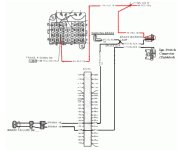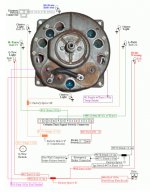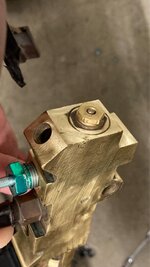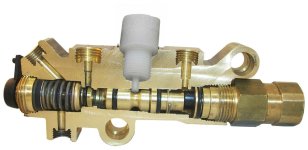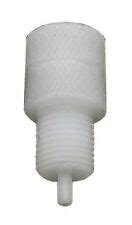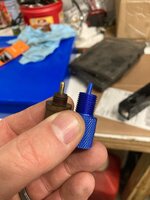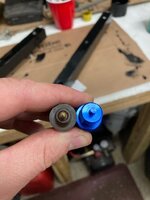Misc. YJ vs CJ prop valve
- Posts
- 728
- Media
- 10
- Thanks
- 73
- Location
- West Springfield, MA
- Vehicle(s)
- 1986 CJ7, SBC 350, Dana 300, D30, AMC20
Anyone know electrically how the dual pin plug YJ prop valve circuit works versus the single pin CJ. Or am I wrong. Looks like by surfing online, the CJ prop valve issues a single pin plug and the YJ a dual pin. Looks the PO put on a YJ prop valve and I have a CJ harness and cluster.
From what I’ve read, the purpose of the plug has something to do with a brake system failure and I’m not exactly what indicator it lights up in the CJ Speedo cluster.
Sent from my iPhone using Tapatalk
From what I’ve read, the purpose of the plug has something to do with a brake system failure and I’m not exactly what indicator it lights up in the CJ Speedo cluster.
Sent from my iPhone using Tapatalk

